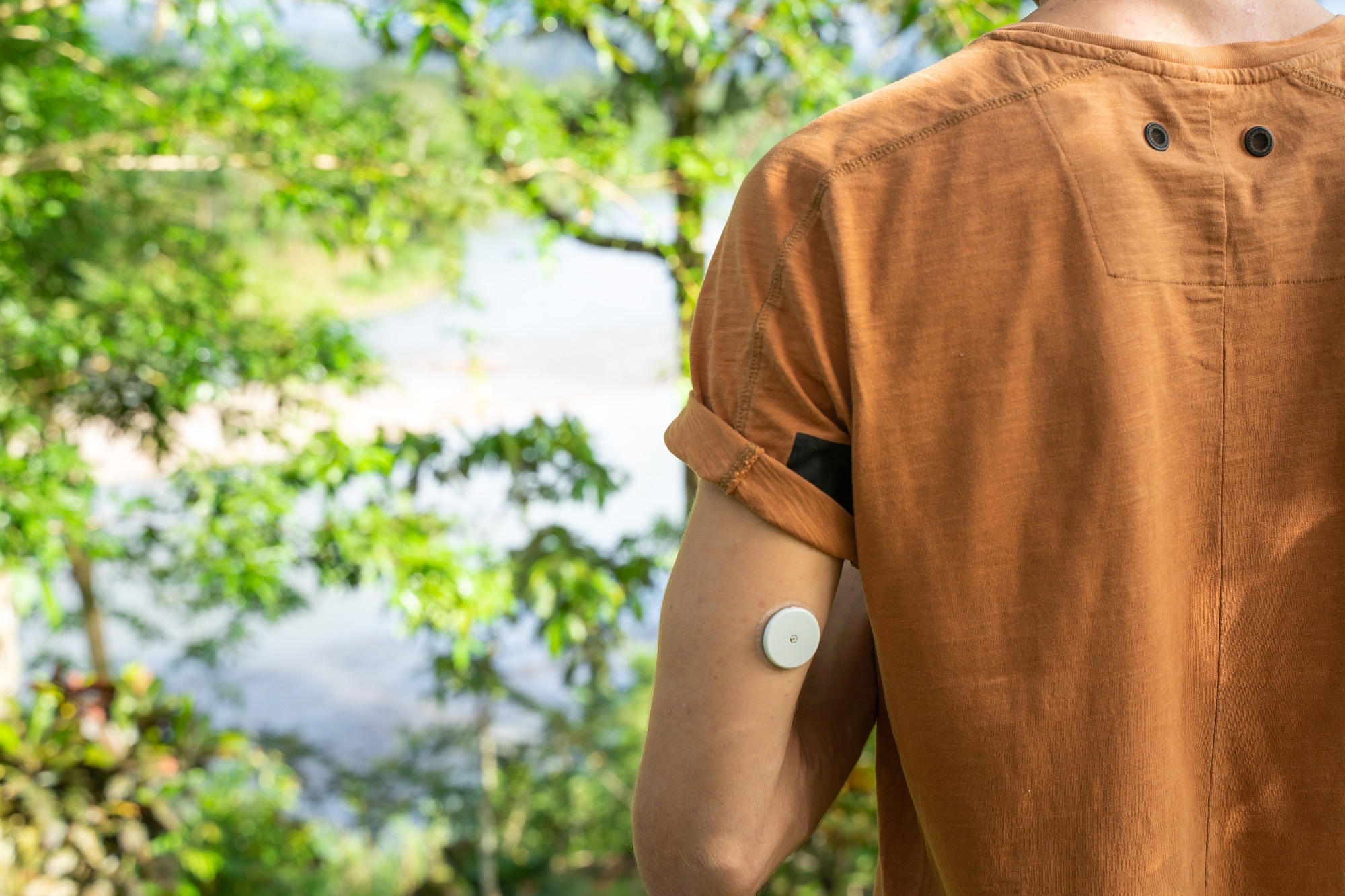In a review article published in the Canadian Journal of Diabetes, scientists have discussed the application and significance of decreasing sedentary behavior at frequent intervals in managing type 1 diabetes.
 Review: Reducing sitting time in type 1 diabetes: considerations and implications. Image Credit: Maik Kleinert / Shutterstock
Review: Reducing sitting time in type 1 diabetes: considerations and implications. Image Credit: Maik Kleinert / Shutterstock
Background
Sedentary behavior refers to any waking behavior characterized by a low level of energy expenditure. The prevalence of sedentary behavior is increasing globally. For example, in Western countries, most individuals spend about 50% of their waking hours expending low levels of energy.
Sedentary behavior can increase the risk of various cardiometabolic diseases, including diabetes and obesity. While prolonged sitting has been found to worsen diabetic management, regular physical activity has been found to have many health benefits in diabetic patients.
Studies have shown that interruption of prolonged sitting periods with short, frequent activities improves glucose control and reduces cardiometabolic risks in patients with type 2 diabetes. However, not enough information is available regarding the health impact of reducing sedentariness in patients with type 1 diabetes.
Interrupted sitting and blood glucose regulation
A growing pool of evidence suggests that the interruption of a 7-hour prolonged sitting period with short periods of low-intensity activities (3 minutes of activity every 30 minutes) significantly reduces 22-hour blood glucose level, including nocturnal hyperglycemia, in patients with type 2 diabetes. As of the next morning, glucose levels remain under control.
Interrupting prolonged sitting with 3-minute walking every 15 minutes has been found to improve fasting glucose and prevent the dawn phenomenon. These effects are particularly vital for patients with type 1 diabetes as the dawn phenomenon is very common among them.
The dawn phenomenon refers to increased blood glucose levels in the early morning. In type 1 diabetes patients, this phenomenon often persists post-breakfast. An induction in growth hormone secretion at night is known to drive the dawn phenomenon. Early morning aerobic exercise before breakfast has been found to limit the dawn phenomenon.
Regarding meal-time glucose management, studies have shown that interrupting prolonged sitting with short, low-intensity activities helps improve blood glucose levels after breakfast and lunch (post-prandial) in type 2 diabetic patients.
Studies considering different forms of physical activity provide inconclusive results. While some studies signify continuous physical activity as the most effective intervention for blood glucose control, some claim that regular activity intervals manage blood glucose better than continuous activities in patients with type 2 diabetes.
In patients with type 1 diabetes, prolonged exercise can cause a transient increase in blood glucose levels, which has many negative health impacts. However, reducing glucose counter-regulatory hormone response by modulating types of physical exercise can lead to hypoglycemia (reduced blood glucose level).
Studies have shown that in type 1 diabetic patients, exercise-induced hypoglycemia can be prevented by reducing pre- and post-exercise rapid-acting insulin. This strategy is effective and does not cause any hormonal imbalance.
Interrupted sitting and cardiovascular risk
Besides controlling blood glucose levels, interrupting prolonged sitting improves cardiovascular health in type 2 diabetic patients. In obese/overweight patients with type 2 diabetes, regular activity intervals have been found to reduce blood pressure, control plasma triglycerides, and improve metabolic syndrome components.
These observations indicate that regular activity intervals could particularly be beneficial for type 1 diabetic patients because insulin resistance and metabolic syndrome are common health conditions among them.
Impact of interrupted sitting on type 1 diabetes management
Scientists have interpreted that regular activity interval-mediated improvement in blood glucose levels in diabetic patients might be due to a combination of increased insulin sensitivity and higher dependence on insulin-independent glucose uptake pathways.
Studies have shown that frequent interruptions in sitting time results in increased skeletal muscle contraction-mediated glucose uptake, which in turn is associated with improved post-meal glucose tolerance.
Although no information is available on low-intensity physical activity-mediated glucose control in type 1 diabetes, alterations in the mitochondrial ultrastructure and bioenergetics of skeletal muscle have been observed in active young adults with type 1 diabetes.
The scientists have hypothesized that low-intensity physical activity might not be sufficient to prevent skeletal muscle metabolic deficiencies completely and that intense exercise is needed to achieve comparable improvement in glucose tolerance.